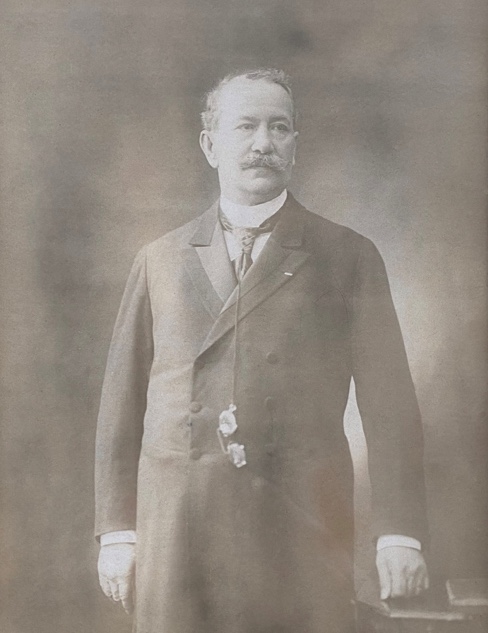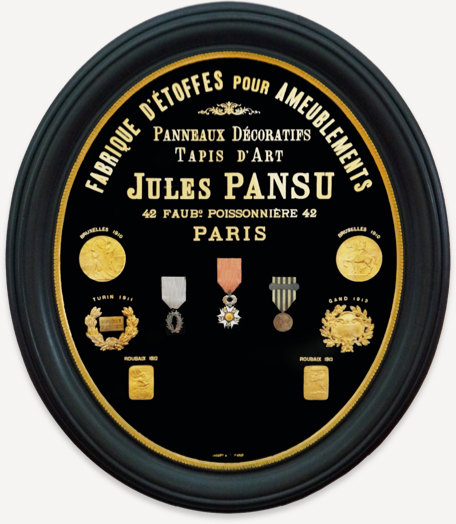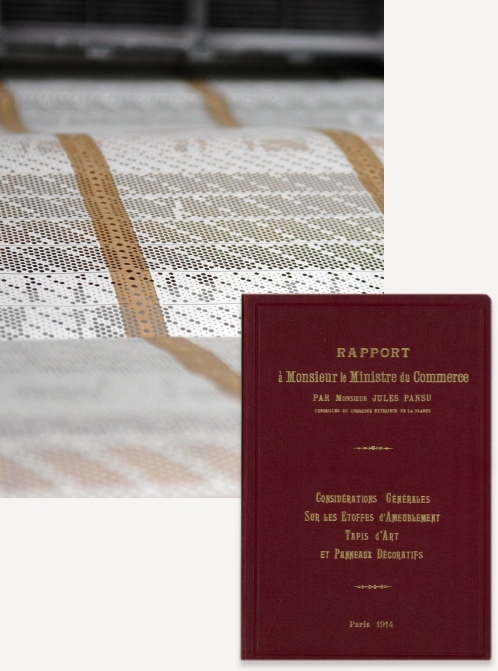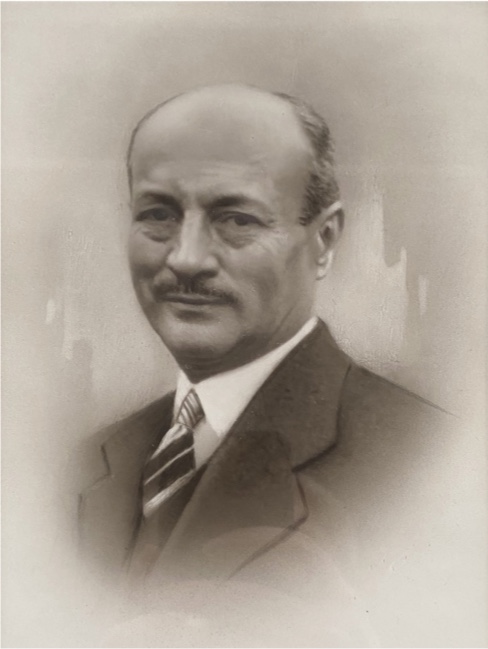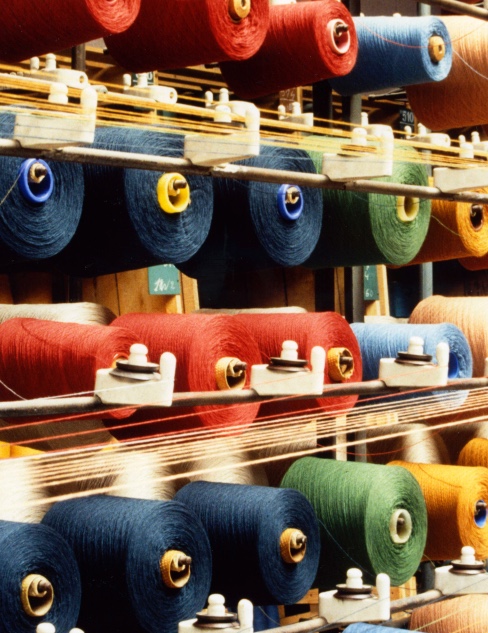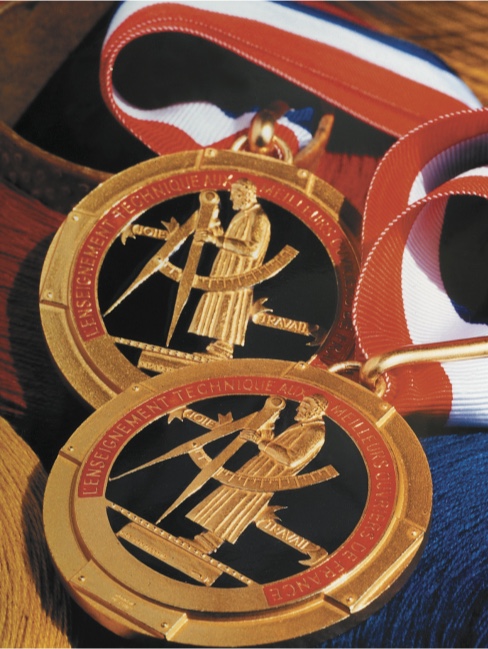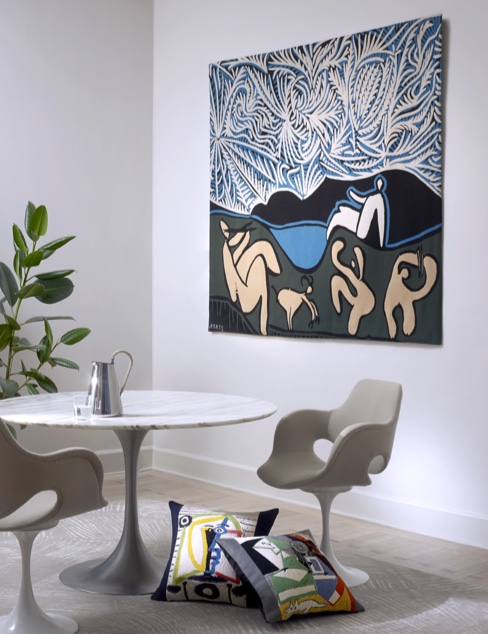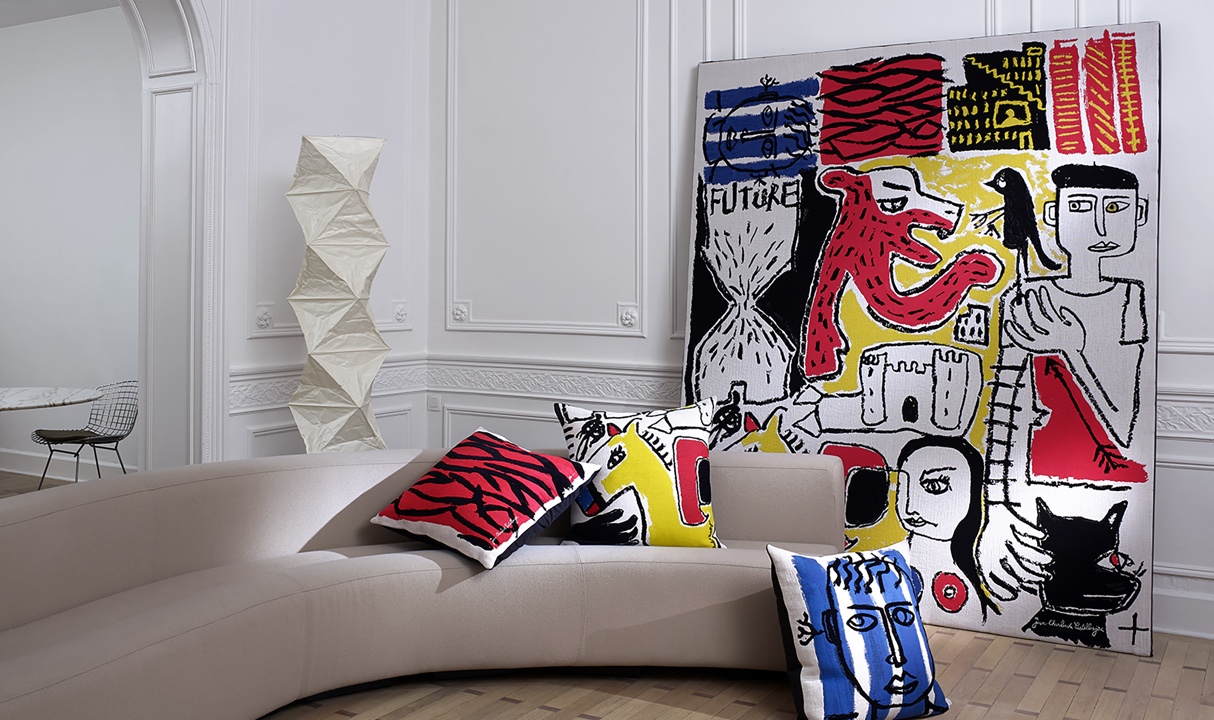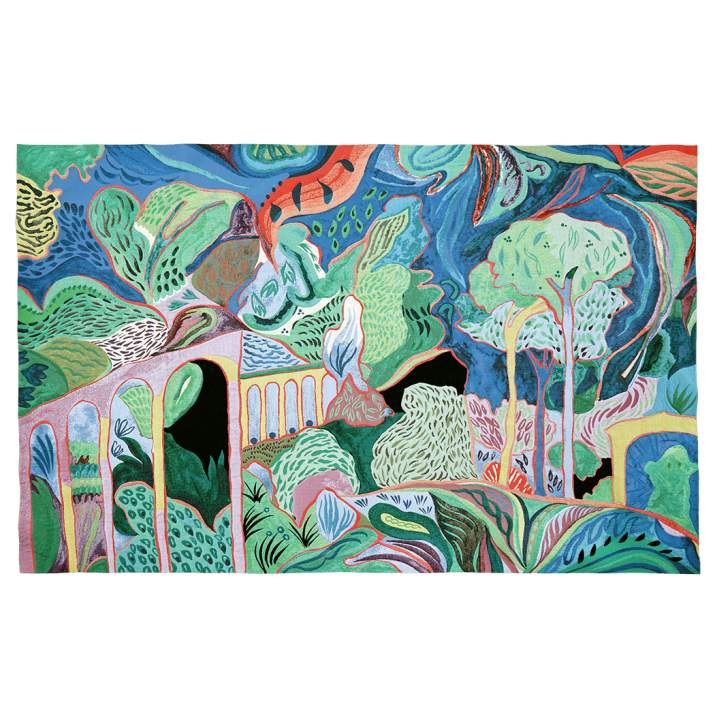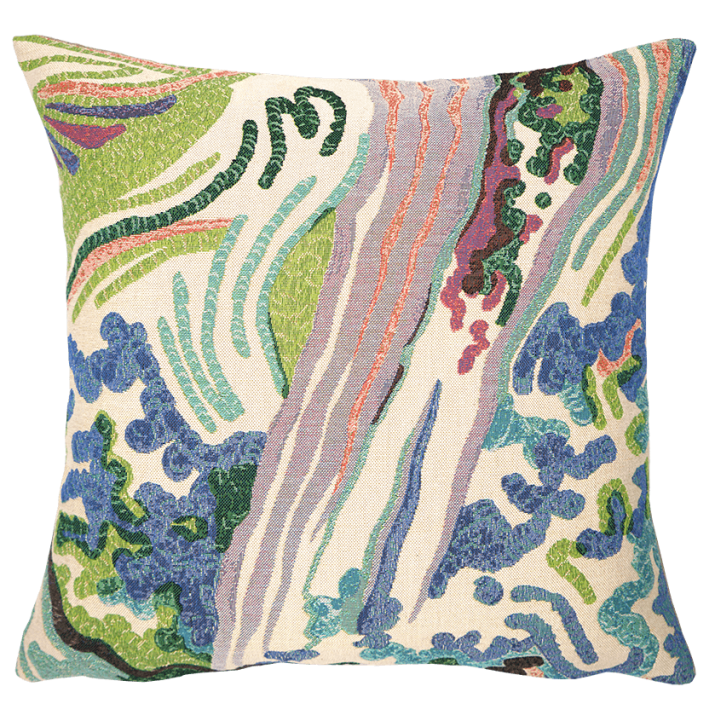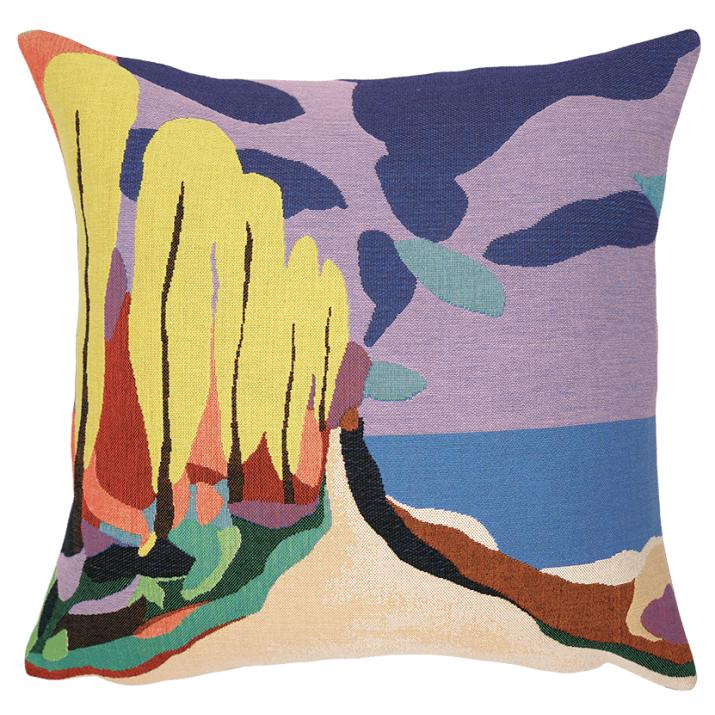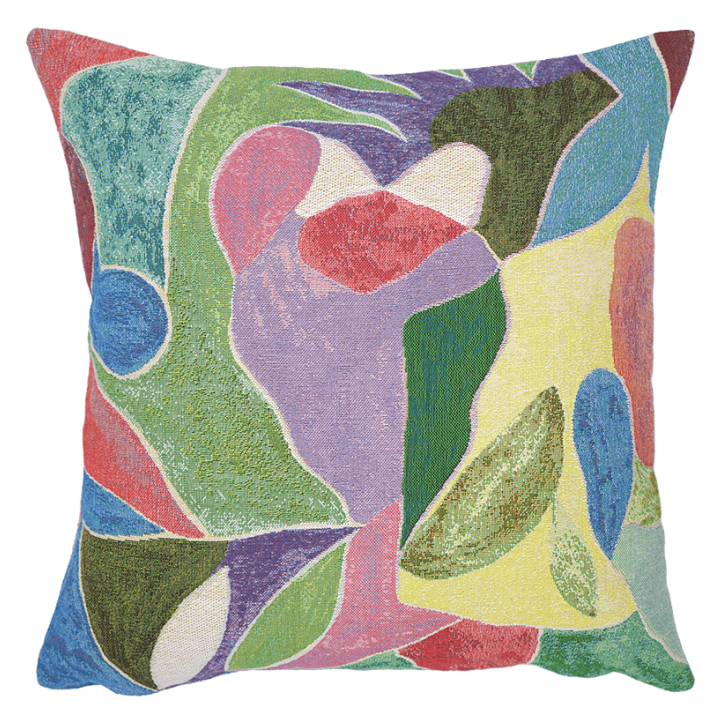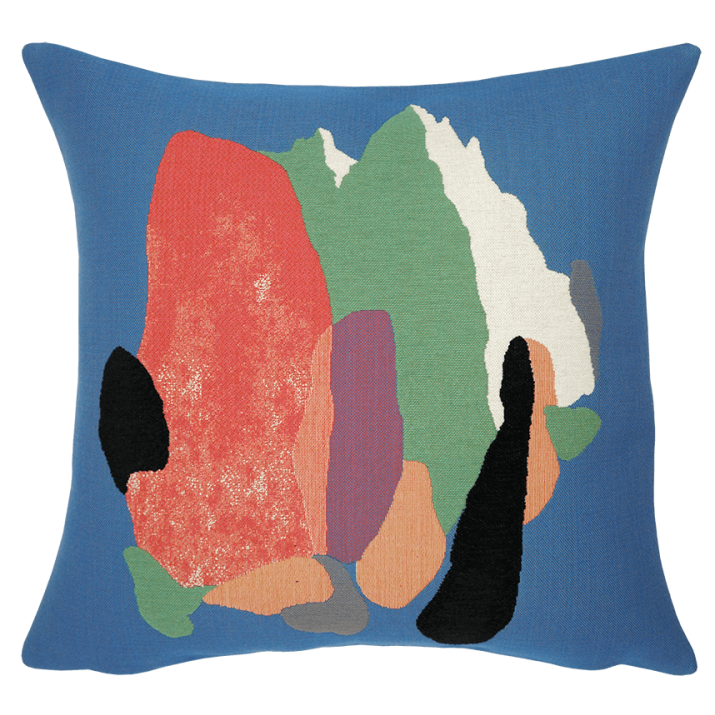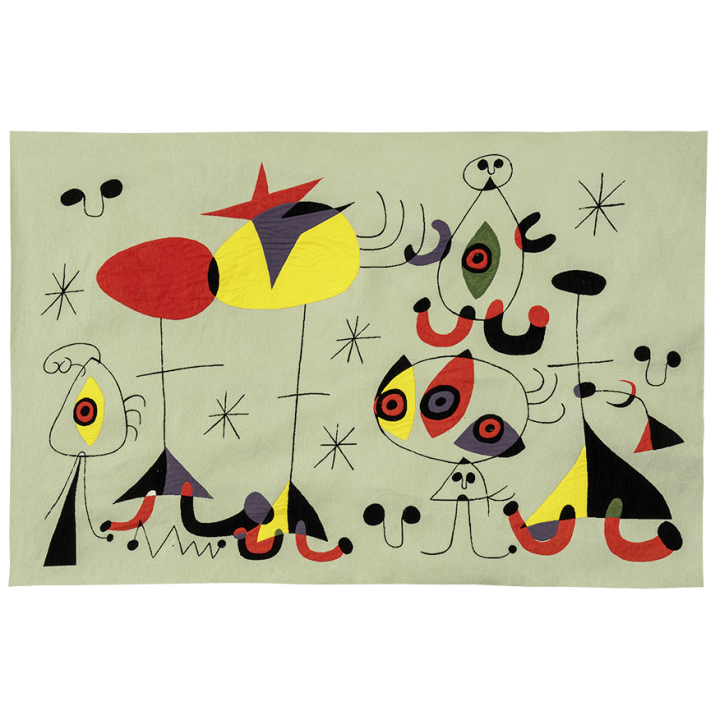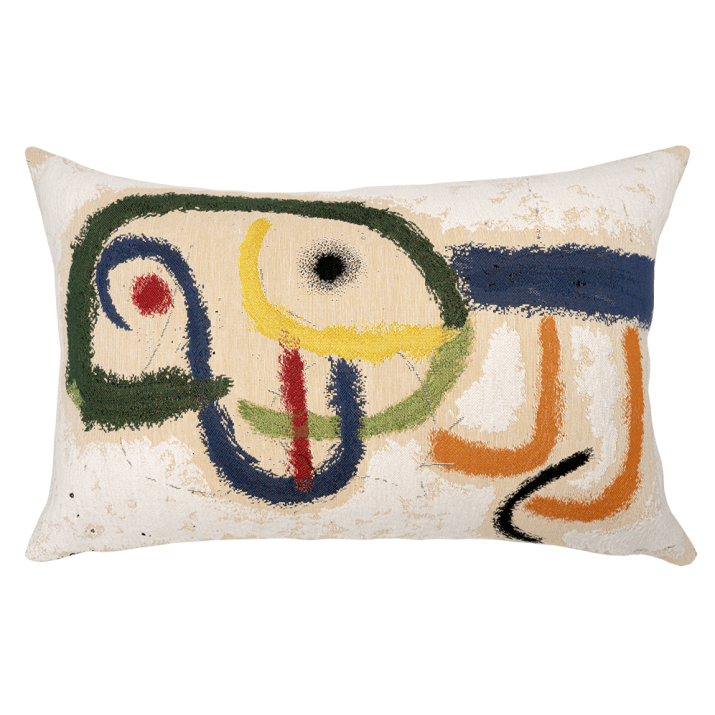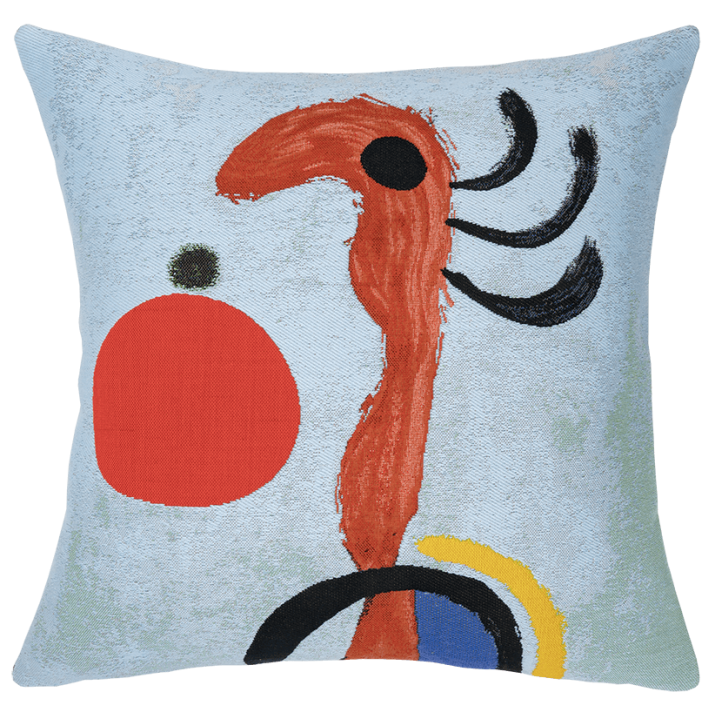More than 140 years of know-how, innovation and history in the purest tradition of French tapestry and jacquard weaving.
Famous for his fabrics and tapestries woven on Jacquard looms, Jules Pansu reveals a style that is his own, rich and modern. The play of materials and reliefs that used to characterise his fabrics still influence his creations today.
1871 – 1888
A family History
The story begins in 1871 when Jules Pansu, after having fulfilled his military obligations as a volunteer during the 1870 war, leaves the family weaving mill in Isère to work in Lyon in an upholstery factory.
It is here that he acquires a great deal of knowledge and develops his experience as an apprentice. Seven years later, he founded his own eponymous company in 1878, which he established in Paris in 1888 on rue de Cléry and then rue des Jeuneurs
1910
Rewards
At that time, patents of artistic and commercial success were those devised from participating in the large exhibitions and the medals that were obtained. Jules Pansu won these competitions many times.
1911 – 1917
Innovation
Business prospered and in 1911, he set up the company's headquarters at the corner of rue du Faubourg Poissonnière and rue des Petites Ecuries in a building he had just had built for this purpose
His technical knowledge of weaving, acquired in the family workshop and as an apprentice, enabled him to achieve brilliant results. He innovated in the field of tapestry, transposing into a new technique creations that had previously been made by hand. As a technical curiosity, he made a tapestry portrait of President Raymond Poincaré.
His productions are marketed throughout France and then rapidly abroad. Jules Pansu, then French Foreign Trade Advisor, wrote a report for the Minister of Trade on French commercial expansion in France and abroad, particularly in the United States, Germany, England and Russia, where he visited several times a year.
1919
International expansion
After completing his apprenticeship in a weaving mill in Germany and England, his son Jules Pansu, the second of the name, succeeded his father on his return from the army in 1919. Under his leadership, business expanded considerably abroad, particularly in the English Indies, Central Europe and England. In fact, like his father before him, he was a French Foreign Trade Advisor in 1922. There are branches in all the major capitals of the European continent: London, Berlin, Amsterdam, Geneva, Zurich, Stockholm.
1926 - 1950
Jules Pansu, the factory
Jules Pansu acquires the Tissages de la Lys factory in Halluin, in northern France, the cradle of tapestry since the Middle Ages. Today, it has the EPV (Entreprise du Patrimoine Vivant) label. This label, awarded by the State, recognises its exceptional know-how.
The company was put on hold during the war. Business activities resumed after liberation from the war, and Jules Pansu, second of the name, would now be helped by his three sons.
1980
The fourth generation
In the 1980s, it was the fourth generation's turn to join the family business. The three new managers continue to develop the company both in France and abroad.
Surrounded by a creative team, including two "Meilleurs Ouvriers de France", the know-how passed down from generation to generation allows us to meet the challenges of the times by combining tradition, innovation, modernity and elegance.
2000
Renewal/Collaborations
Thanks to the efforts made and to the teams who share strong values, it was in 2009 that the Jules Pansu house approached the Picasso estate in order to be able to produce tapestries and cushions of the artist's works. The success of this first collaboration led the company to develop other partnerships. The heirs of Joan Miro and René Magritte, among others, now trust the weaver Jules Pansu to develop products that faithfully transpose the artist's work onto jacquard fabric.
Jules Pansu today
With the fifth generation, the creation and desire to offer a new look at tapestry and its jacquard weaving techniques are at the centre of the company's strategy and new directions. She continues to develop collaborations with contemporary artists and designers: Jean-Charles de Castelbajac, Ara Starck, Florent Groc, Julien Colombier have already joined the famous weaver.
